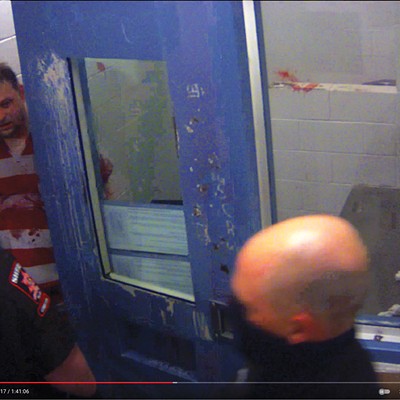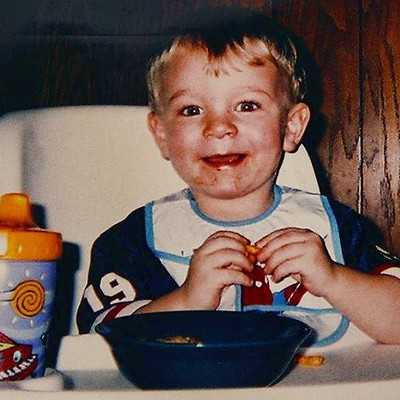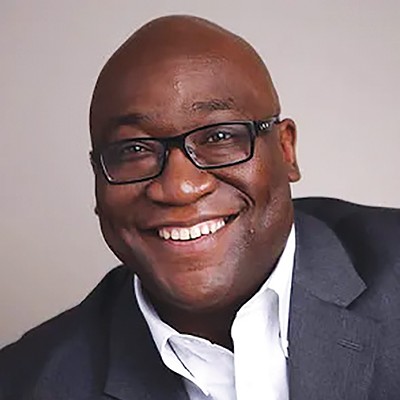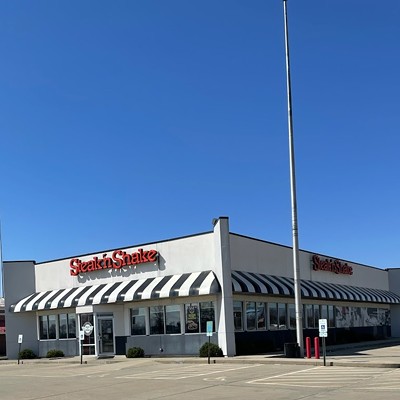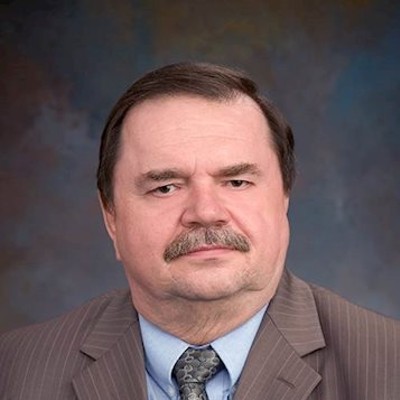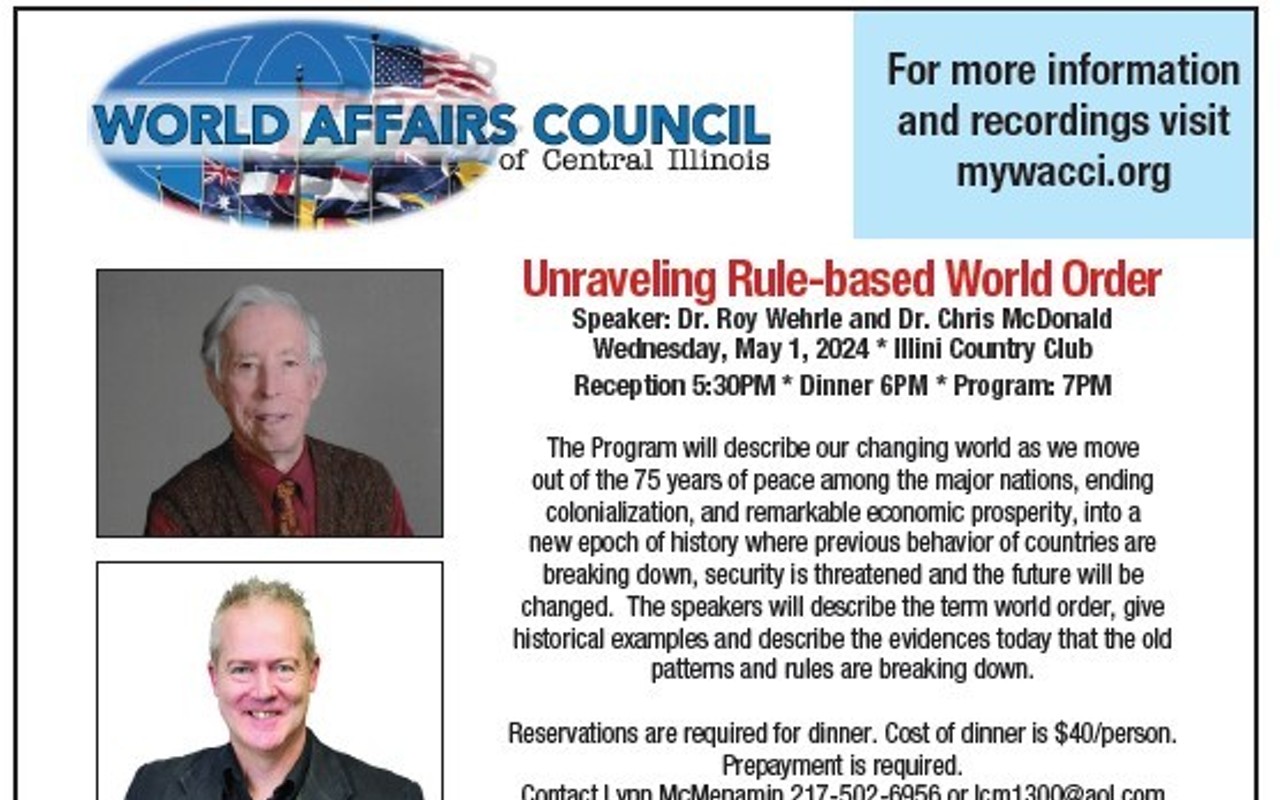Everything's fine.
Ask former U.S. Rep. Ray LaHood, R/D-Compromise, who's been called in to fix the Abraham Lincoln Presidential Library and Museum. And what a mess it's been.
Since opening in 2005, the ALPLM, now in search of a director, has had four directors without "interim" in their job titles. A hat said to have belonged to Abe is a laughingstock. The Gettysburg Address has been shipped to a huckster in Texas, where it was unwrapped like a Christmas present under supervision of someone recently removed from employment as a server at Pluckers Wing Bar.
Concerned about image, Mr. LaHood?
"I think the image has changed," LaHood answered during last week's inaugural meeting of the latest board – the former congressman is chairman — appointed to oversee a museum that oft seems more a shrine to Tricky Dick than the Great Emancipator. "I think it changed today. I think it changed with the appointment of a brand new board and it will change even further with the hiring of a new executive director and it will change with the kind of cooperative spirit that McCaskey and I have developed continuously."
The McCaskey to whom LaHood referred is Ray McCaskey, chairman of the institution's foundation and retired chief executive officer of Blue Cross and Blue Shield of Illinois. The foundation has been reluctant to admit it goofed when it bought a stovepipe hat despite scant proof it ever belonged to Lincoln. In a report released last month and in remarks last week to the new museum board, state historian Sam Wheeler said that no research to confirm authenticity was conducted before the foundation bought the hat in 2007. He recommends calling in textile and clothing experts to help determine whether the material and design are from Lincoln's time.
After announcing that a committee will be formed – three members from the foundation, three from the new ALPLM board – to address provenance questions, LaHood ducked when asked if he could envision any scenario in which the hat shouldn't be examined by textile and clothing experts.
"I'm not going to prejudice the committee," LaHood said. The foundation isn't objecting to experts. "We fully support Dr. Wheeler's recommendation that several costume curators examine the hat acquired as part of the Taper Collection," Nick Kalm, a foundation board member, writes in an email. "Our path forward will be the subject of discussion among a working group of members from the boards of the museum and foundation."
Here's an idea for a path forward.
Once the committee finishes with the hat, it might want to scrutinize a clock that drew the attention of Seth Kaller, an appraiser hired in 2007 to verify the hat and other relics purchased for $23 million were worth the price. While not asked to address provenance, Kaller predicted that the hat, a fan purportedly carried by Mary Todd Lincoln to Ford's Theater and a clock that allegedly tick-tocked in Lincoln's law office would invite authenticity questions.
Before getting fired last fall, former ALPLM director Alan Lowe told state legislators that the clock needs more research. In response to a formal record rrequest, the ALPLM last week emailed a pile of pages that can be boiled down to one word: thin.
The most solid proof appears to be a 1968 affidavit prepared by James Hickey, the same fellow who sold the hat to former foundation board member Louise Taper, who sold the hat, the clock, the fan and more than 1,000 other artifacts to the foundation. According to the affidavit, Hickey in 1967 bought three clocks from a descendant of William Herndon, Lincoln's law partner. The affidavit, also signed by the seller, contains little detail: "3 clocks, property of William H. Herndon and used by him in his home and law office of Lincoln & Herndon." That's it – no physical descriptions, photographs or word on which clock, or clocks, were in Herndon's office as opposed to his house, or when.
The clock in question is neither rare nor, when it was manufactured, expensive. Thousands were made in Connecticut. Despite its commonness and a paucity of provenance particulars in ALPLM files, former Lincoln curator James Cornelius, fired in 2018 for insubordination, told a cool story in 2011, when the clock was named Artifact of the Month by the museum. The foundation issued a press release. "Lincoln sometimes took his bumptious boys along when he played chess in his office on Sundays, to give Mary a rest," the press release reads. " 'It seems that one of the boys rubbed off some of the artwork on the glass front of the clock,' said Cornelius."
Here's what he says now.
"I learned, after the 2011 article, that the application of those decorations on the glass was done with a chemical that had naturally flaked off over time," Cornelius says in a voicemail. He also says that the clock in question was made in England, given a depiction of Westminster Abbey on the front. However, ALPLM files, and a Google search, show that thousands of such clocks were manufactured in Connecticut. "There isn't much dispute to its provenance, as far as I know," Cornelius says. "It had an owner or two before Louise Taper got it."
Chris Wills, ALPLM spokesman, says via email that the institution doesn't know how Cornelius reached his conclusion about Lincoln's children and the clock. "I would also note that the clock has not been displayed at the museum for several years and is not included in our current plans for upcoming exhibits," Wills writes.
Contact Bruce Rushton at [email protected].



